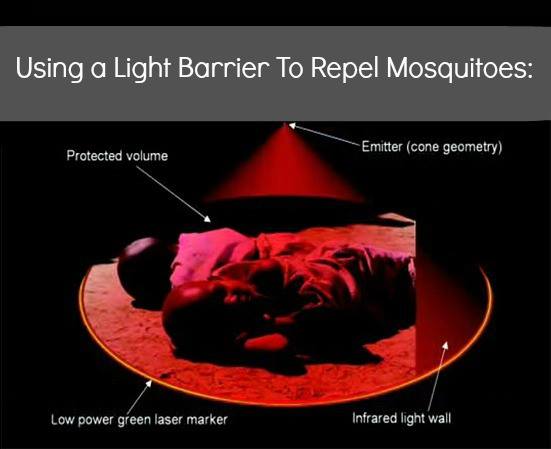

We all love light. It allows us to drive in the dark and read at night; it allows food to grow and helps us measure the vast distances found in the cosmos. It is a key factor in a number of different processes. Quite literally, light is life. Over the past century, scientists and researchers have used light to conduct a number of experiments and develop new technologies to assist us in day to day life. It seems that light might be used to assist us in a more unconventional way…
In 2011, associate research scientist Zsuzsa Márka (a physicist and a chemist) and Imre Bartos (an astrophysicist) received over one million dollars to investigate whether light can be used to protect people from mosquitoes. Mosquitoes find their targets using complex sensory systems. The light beams (infrared lasers, to be specific) confuse the sensors on the bugs, effectively shielding anyone who is inside of the beam. However, the exact mechanics of why the light beam works so well is not fully understood.
Currently, the team is using their grant money to conduct preliminary research to uncover exactly how the light impacts mosquitoes. They are also trying to answer important questions before the widespread use of the technology. For example, does this apply to old mosquitoes as well as young ones? Does it work on mosquitoes that are well fed as well as those who are not? Is the best beam of light one by a window, or encircling a bed? They are also developing a mathematical model that will predict the broader effects of this tool i.e., if you protect 50% of the people from mosquitoes, will it make the situation worse for the other 50%?
In most Western nations, the bugs are rather annoying. In such places, individuals might use the new technology to keep the bugs from bothering people at their backyard BBQ. However, their uses in non-Western nations would be far different. Despite successful efforts to reduce the incidence of the disease in some countries, malaria still kills nearly 1 million people a year – mostly in sub Saharan Africa and mostly children under age 5.